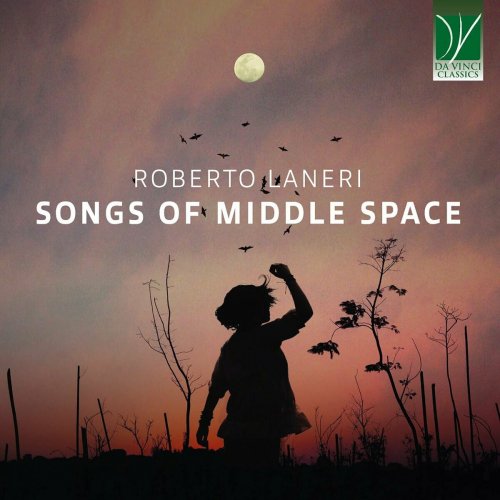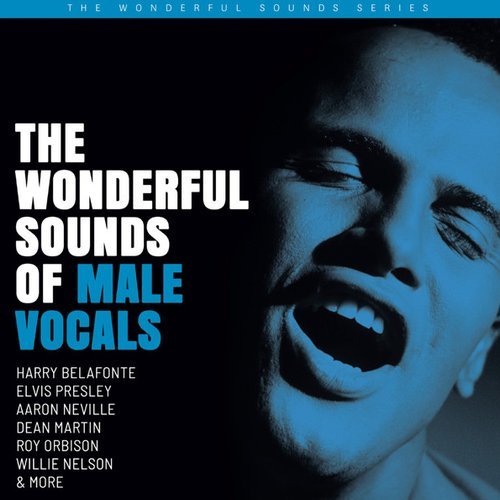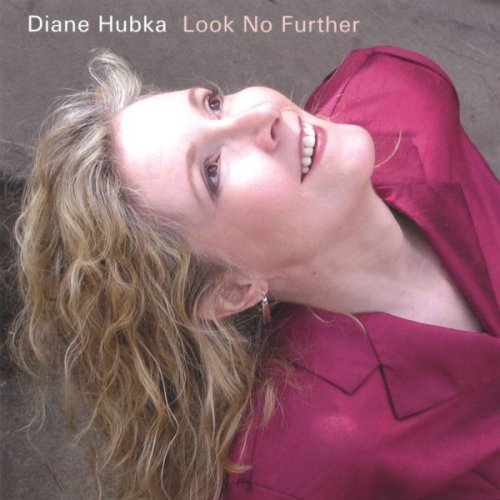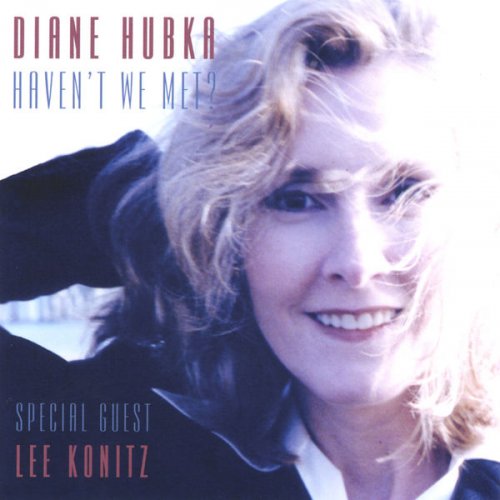Roberto Lanieri - Songs of Middle Space (2024)

Artist: Roberto Lanieri
Title: Songs of Middle Space
Year Of Release: 2024
Label: Da Vinci Classics
Genre: Jazz, Classical
Quality: FLAC (tracks)
Total Time: 56:53 min
Total Size: 248 MB
WebSite: Album Preview
Tracklist:Title: Songs of Middle Space
Year Of Release: 2024
Label: Da Vinci Classics
Genre: Jazz, Classical
Quality: FLAC (tracks)
Total Time: 56:53 min
Total Size: 248 MB
WebSite: Album Preview
01. Black Lily
02. Awareness of Breath
03. Salutation to the Sun
04. Delta Yearnin'
05. Hear the Voice
06. The Garden of Mirrors
07. La pension des alizés
08. Sicilitudine
09. La mia sponda
10. Nana's Song
11. Nähe des geliebten
12. Thinkin' of You
13. Wind & Water Dance
In my opinion, in the production of a composer songs, Lieder or whatever one chooses to call them, represent his most authentic part, like a sort of intimate sound-diary. It is no accident that the songs in this collection cover a span of 50 years, from 1972 to the present, since in fact I never stopped writing songs, although of various typologies and persuasions.
The title, SONGS OF MIDDLE SPACE, refers to songs that belong neither here nor there, or, rather, are “here, there and everywhere” in the sense that they evoke different places, times and atmospheres which, furthermore, may overlap considerably. I’ve always thought different atmospheres and musical styles can coexist.
Speaking in broad terms, the songs in this collection may be grouped in different categories, reflecting the main influences in my music and listening habits:
Jazz songs which in various ways and measures welcome a degree of freedom in phrasing, and often, but not always necessarily, a degree of improvisation. Some are in contemporary jazz style (#12, 13), others (#4, 5) are more rooted in older (#5) or more popular forms. (4, 7, 8). Incidentally, I find strong points of contact between the American songs of the first half of the 20th century featured in the musicals by Gershwin, Cole Porter, Jerome Kern, Richard Rodgers and others, and the Lied cycles by Schubert, Schumann and Brahms. They both lend themselves to highly professional as well as amateur performance practices, and also to various modalities and abilities of improvisation, since basically they share a common harmonic ground.
While all the songs are meant to be sung and played according to the score, some are thru-composed, like contemporary Lieder for the classical duo of voice and piano. (# 6, 9, 10, 11). Others leave room for individual interpretation and improvisation in various degrees, and are scored accordingly. For example, the score of the songs notated in the standard jazz common practice (#12, 13) give only the melody line, the lyrics and the chord changes. The rest, like Hamlet might have said, is the arrangement.
Between these extremes the scoring suggests all kinds of “middle spaces,” for example including chord changes in thru-composed songs (almost all #s), or suggesting bass lines and counterlines in lead-sheet type songs. Jazz-style writing is assumed to be a more or less universal musical lingua franca.
On the whole, assuming the music in this CD sits in these two spaces, they are open enough to accommodate “tropical” or latin breezes occasionally blowing through (#6, 7), and even drafts of Indian monsoons (#3).
The title, SONGS OF MIDDLE SPACE, refers to songs that belong neither here nor there, or, rather, are “here, there and everywhere” in the sense that they evoke different places, times and atmospheres which, furthermore, may overlap considerably. I’ve always thought different atmospheres and musical styles can coexist.
Speaking in broad terms, the songs in this collection may be grouped in different categories, reflecting the main influences in my music and listening habits:
Jazz songs which in various ways and measures welcome a degree of freedom in phrasing, and often, but not always necessarily, a degree of improvisation. Some are in contemporary jazz style (#12, 13), others (#4, 5) are more rooted in older (#5) or more popular forms. (4, 7, 8). Incidentally, I find strong points of contact between the American songs of the first half of the 20th century featured in the musicals by Gershwin, Cole Porter, Jerome Kern, Richard Rodgers and others, and the Lied cycles by Schubert, Schumann and Brahms. They both lend themselves to highly professional as well as amateur performance practices, and also to various modalities and abilities of improvisation, since basically they share a common harmonic ground.
While all the songs are meant to be sung and played according to the score, some are thru-composed, like contemporary Lieder for the classical duo of voice and piano. (# 6, 9, 10, 11). Others leave room for individual interpretation and improvisation in various degrees, and are scored accordingly. For example, the score of the songs notated in the standard jazz common practice (#12, 13) give only the melody line, the lyrics and the chord changes. The rest, like Hamlet might have said, is the arrangement.
Between these extremes the scoring suggests all kinds of “middle spaces,” for example including chord changes in thru-composed songs (almost all #s), or suggesting bass lines and counterlines in lead-sheet type songs. Jazz-style writing is assumed to be a more or less universal musical lingua franca.
On the whole, assuming the music in this CD sits in these two spaces, they are open enough to accommodate “tropical” or latin breezes occasionally blowing through (#6, 7), and even drafts of Indian monsoons (#3).



![Rina - JOKER (2025) [Hi-Res] Rina - JOKER (2025) [Hi-Res]](https://img.israbox.com/img/2025-12/05/ukd3awo8f5ja6v9b97jw89bwk.jpg)

![Zeena Parkins - Lament for the Maker (2025) [Hi-Res] Zeena Parkins - Lament for the Maker (2025) [Hi-Res]](https://www.dibpic.com/uploads/posts/2025-12/1764905569_qrjulu98gdaqb_600.jpg)


![Ben Paterson - Live at the Jazz Showcase (Live at the Jazz Showcase, 2025) (2025) [Hi-Res] Ben Paterson - Live at the Jazz Showcase (Live at the Jazz Showcase, 2025) (2025) [Hi-Res]](https://www.dibpic.com/uploads/posts/2025-12/1764918893_i7jlseprubwbb_600.jpg)